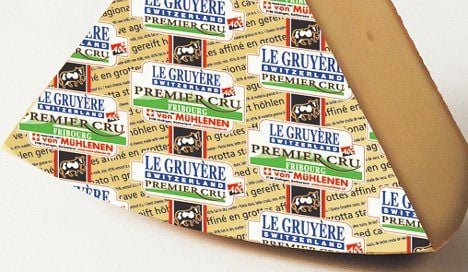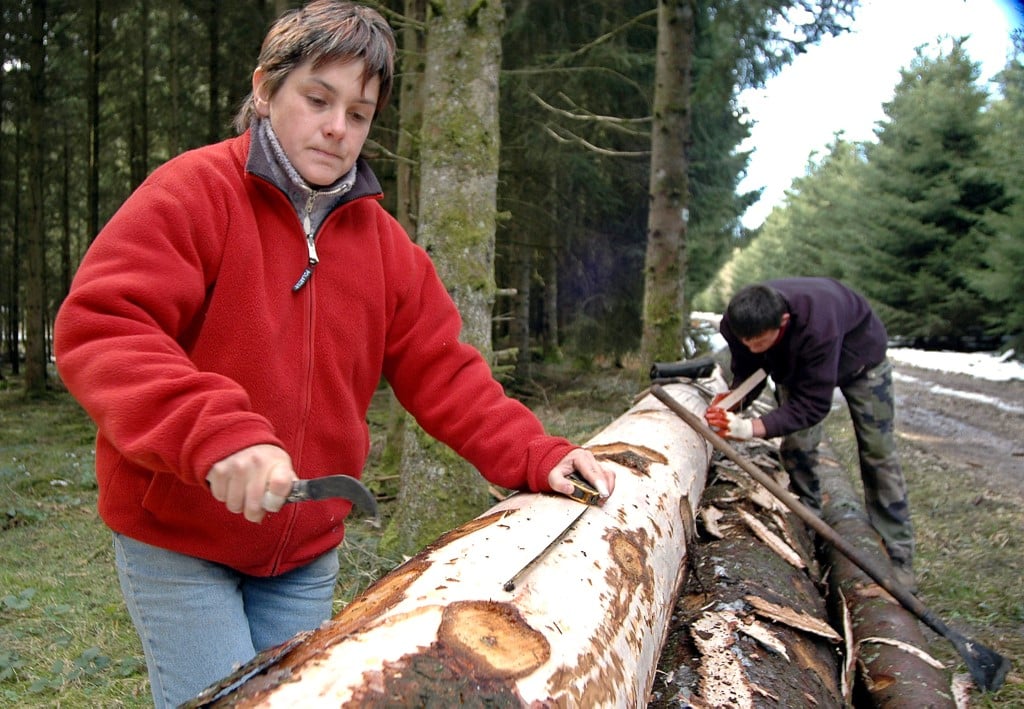After a sluggish start, the industry managed to export 1.4 percent or 921 tons more Swiss cheese by the end of 2011 than in the previous 12 months, Switzerland’s cheese marketing board said.
A total of 64,528 tons of cheese, cheese spreads and fondue mixtures were exported.
Switzerland’s foreign sales came under pressure last year as the franc soared against the euro, but smaller, speciality cheese companies helped the cheese industry record a rise.
“They profited from the door-opener function of the well-known traditional cheese varieties, such as Appenzeller, Le Gruyere and Emmentaler,” said the cheese body, referring to Switzerland’s top three cheeses.
Emmentaler accounts for one in every four kilos of exported cheese, Gruyere one in every five and Appenzeller one in 11.
Germany is the most important market for Swiss cheese, accounting for about 40 percent of exports.
Imports also increased last year by 2,002 tons or 4.3 percent compared with 2010, reaching 48,892 tons, according to the board.




 Please whitelist us to continue reading.
Please whitelist us to continue reading.
Member comments